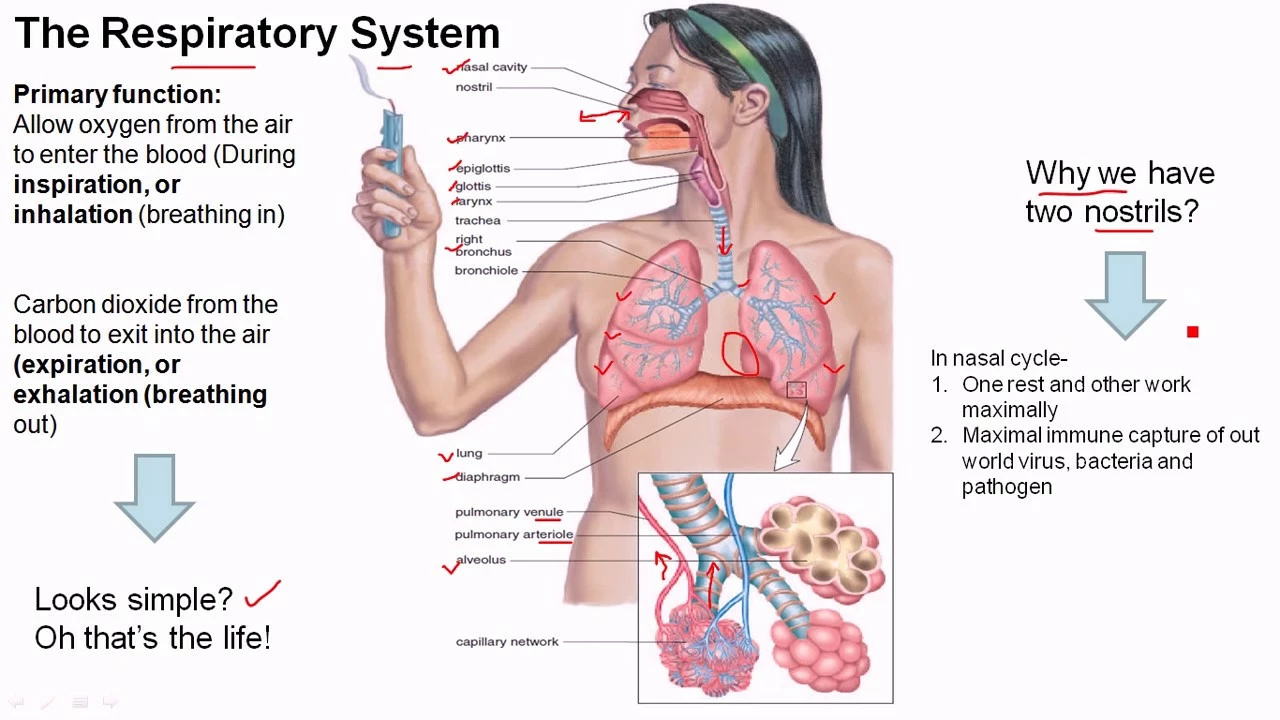Healthier Breathing: Practical Tips to Breathe Easier
Shortness of breath or constant stuffiness steals energy and focus. You don’t always need medicine to feel better. Small daily changes often make the biggest difference. Below are clear, useful steps you can try today to breathe easier and know when to call a doctor.
Simple daily habits that help
Start with posture. Sit or stand tall—open lungs mean easier breaths. Try diaphragmatic breathing: breathe in through your nose for 4 counts, hold 1, exhale for 6. Do this two to three times daily; it lowers breathlessness in minutes. Use a humidifier in dry rooms to stop throat and nasal irritation. Nasal saline sprays or a neti pot can clear blocked sinuses and reduce mouth breathing, which dries airways.
Reduce triggers. Common ones are smoke, strong perfumes, dust mites, and pet dander. Wash bedding weekly in hot water, switch to fragrance-free cleaners, and keep indoor humidity around 40–50% to limit mold. Quit smoking or avoid secondhand smoke—it's the single biggest change for long-term lung health.
Move smarter. Walk briskly or do light cardio three times a week. Gentle activity strengthens the muscles you use to breathe. If you get winded fast, break exercise into short bursts and build up slowly. Breathing while you move—inhale on easier effort, exhale on harder effort—helps control breathlessness.
When medication or a doctor is needed
If allergies or asthma cause regular trouble, a controller medicine may help. We have a clear guide on Singulair (montelukast) that explains who it helps and what to watch for. For infections, don’t push antibiotics without a diagnosis—some cases need stronger options like Augmentin or cephalosporins when amoxicillin fails; our article on when to replace amoxicillin walks through those signs.
Learn to use inhalers properly. Many people lose relief from poor technique. Shake the inhaler if required, use a spacer when advised, and breathe slowly after pressing the device. Keep rescue inhalers handy and refill before they run out.
Watch red flags: persistent or rapidly worsening breathlessness, chest pain, fainting, blue lips, or coughing up blood—get emergency care. For new or changing symptoms, see a clinician for tests like spirometry, chest X-ray, or allergy testing.
Final practical checks: track symptoms in a simple notebook or app, note what triggers attacks, and share that with your provider. If you travel, pack medicines, copies of prescriptions, and a list of local clinics. For focused reads, check our posts on managing asthma, antibiotic choices for respiratory infections, and travel health tips on Canadaprescriptionsplus.com.
Try these steps for two to four weeks and note how you feel. Small habits add up fast—and breathing better changes the whole day.
